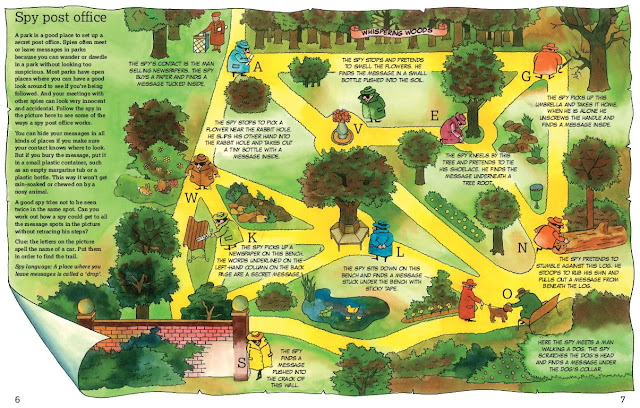A TREACHEROUS LORD
Lord Greystoke has arrived at the logger's camp in the Congo, and will stop at nothing to find and eliminate his long-lost cousin, Tarzan.
A CRAZED QUEEN
Robbie and Jane set out through the jungle to warn Tarzan, and find themselves trapped in the sprawling ancient city of Opar, where the insane Queen La is running an illegal Coltan mine.
AN EPIC BATTLE
With a volcano threatening to explode, Tarzan, Robbie and Jane must form an unlikely alliance to save themselves. Not everyone will make it out alive . . .
Long time readers of The Book Zone will know that I really enjoyed the first two of Andy Briggs' New Adventures of Tarzan books. The Greystoke Legacy was a cracking reinvention of Edgar Rice Burrough's iconic jungle warrior, and the sequel, The Jungle Warrior, was even better. Now Faber have published the third book in the series, and in my opinion it is the best one yet. This is rip-roaring adventure writing at its very best, with the author seamlessly blending classic boys' own thrills with a modern fast-paced story.
If you haven't already discovered these books then I strongly recommend that you pick up the first in the series and read them in order, as although they can be read and enjoyed as standalone books, there are many plot threads that cross between volumes. For this reason, if you want to avoid spoilers of the previous two books you may not want to read on.
Andy Briggs dropped something of a bombshell at the end of The Jungle Warrior with the appearance of Lord William Greystoke, the current holder of the title that should rightly be Tarzan's. It was Greystoke's father, and thus his son too, who commissioned the hunter Rokoff to track down and kill D'Arnot and Tarzan, in order to protect their inheritance. With Greystoke now in the jungle, it can surely only be a matter of time before there is a major confrontation between the two cousins. However, at this moment in time Tarzan is oblivious to these dangers, and he is more concerned about protecting his family of gorillas, the Mangani. Tarzan and the Mangani have travelled away from the site of his parents' plane crash to a new grazing area where there is a greater abundance of food. However, this area also falls within the territory of a highly aggressive group of chimpanzees, and Tarzan has to be constantly vigilant as their attacks are violent and bloody. Meanwhile, Jane and Robbie are miles away, back at the logging camp, working out how they can sabotage Greystoke's plans. Mixed in to all this is a quest for the long lost (potentially mythical) ancient city of Opar, and the riches it supposedly contained.
Unlike the previous two books in the series, Tarzan and Jane spend much of the story apart, although their respective journeys gradually bring them closer and closer to a set of explosive and violent climactic scenes, where, in the words of the book's blurb, "not everyone will make it out alive". Thus, the POV of the narrative switches back and forth between Tarzan and Jane/Robbie and therefore the Lord of the Jungle does not appear as much in this book. This would be disappointing if it weren't for the brilliant and superbly paced story that Briggs has crafted for his characters.
The previous two books have contained a strong environmental message, although at no point has this come across as preachy. I was a little concerned before reading this book, that at some point this aspect might become a little too much, but the message in this book, whilst still there, takes a back seat to the adventure this time. As in previous books Andy Briggs has delved deep into the Tarzan stories created by Burroughs, and reintroduces more characters and locations from those originals. In this case Briggs has resurrected Queen La and the lost city of Opar, although both have been twisted to suit this modern story.
The Savage Lands is yet another great addition to the series, and I hope there are more to come in the future. This book does not end with the cliffhanger introduction of a new character, but there are plenty of minor plot threads left untied to merit another volume.
The Savage Lands was published earlier this year and my thanks go to the lovely people at Faber for sending me a copy.









